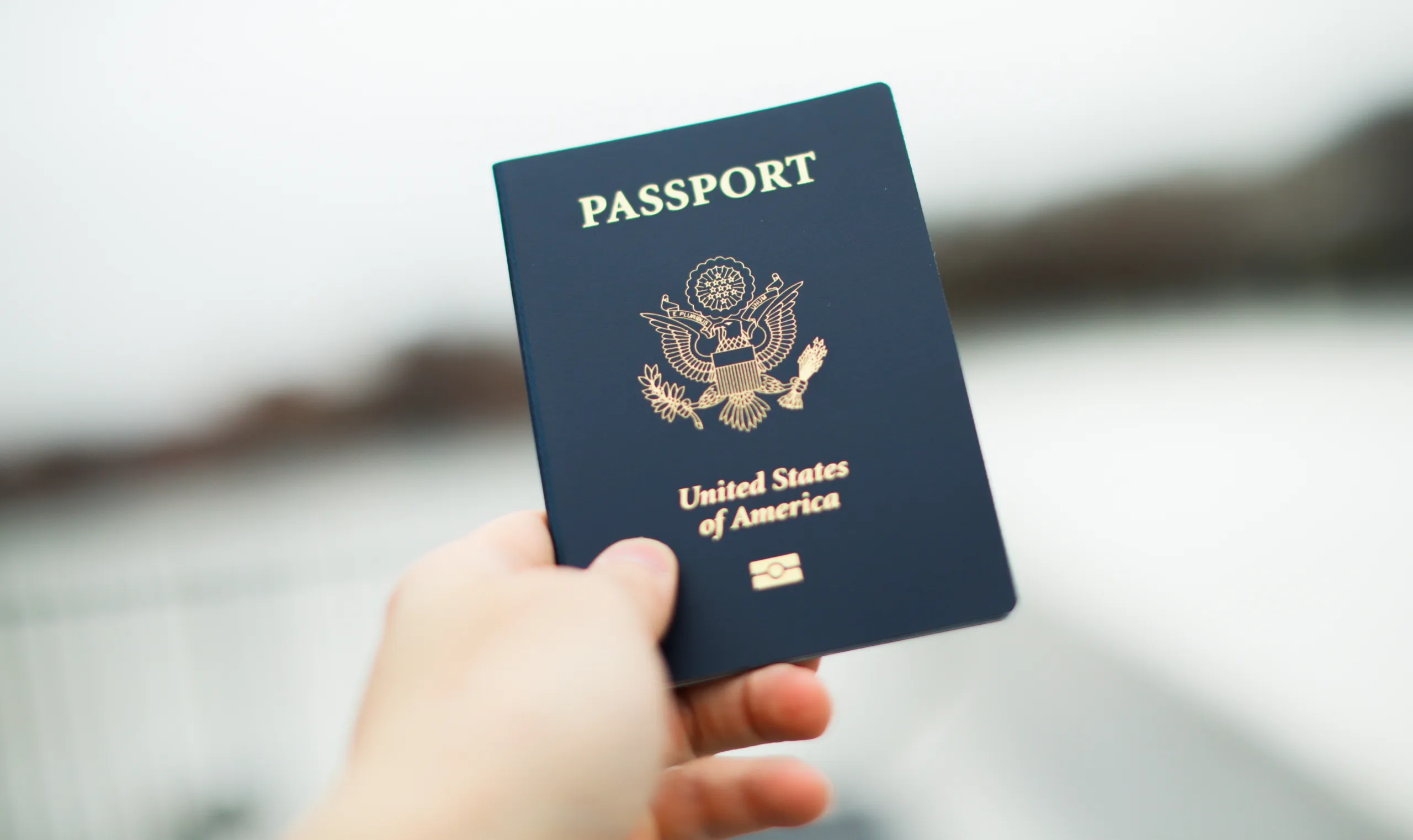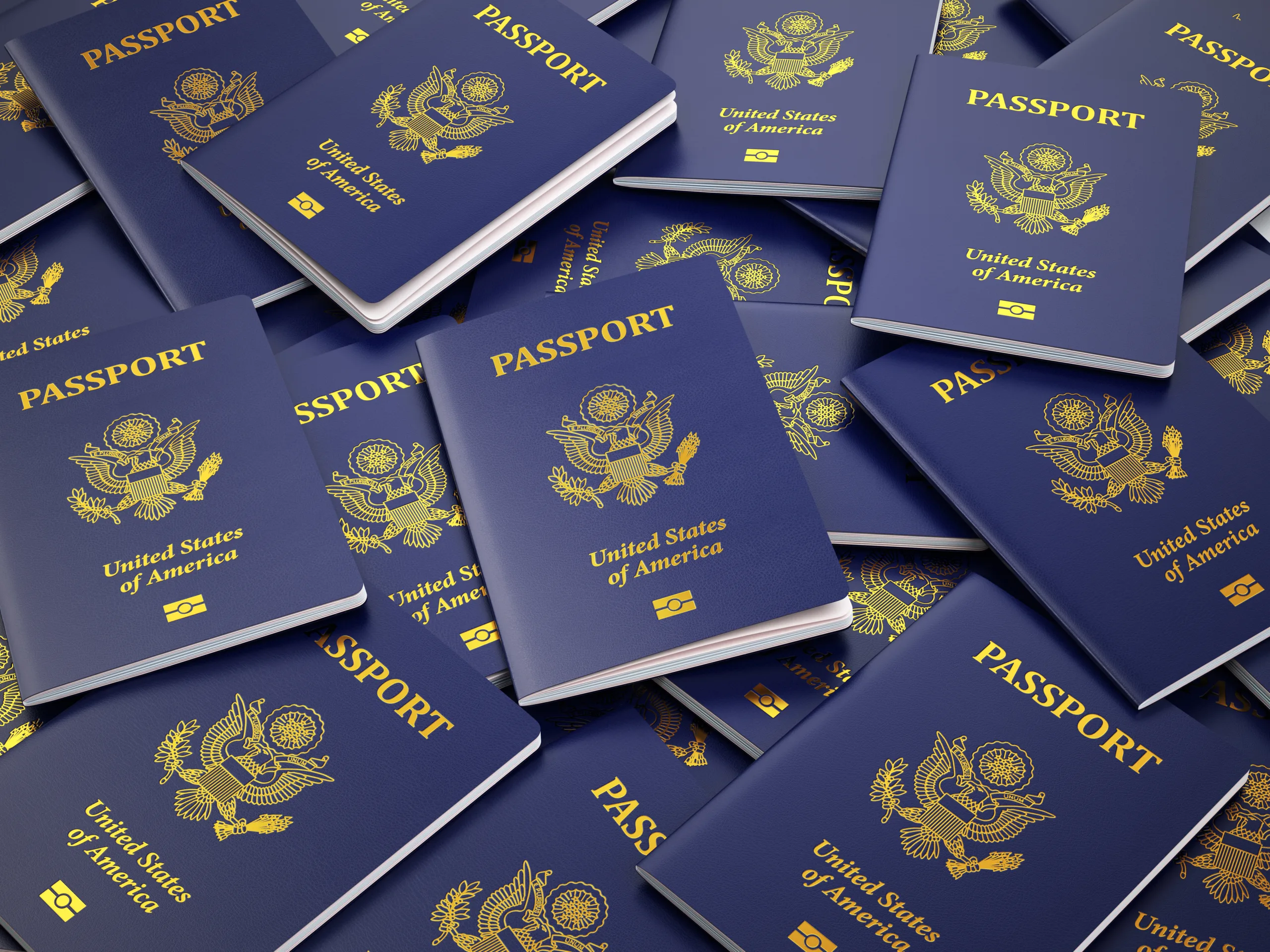What to do if your Passport is Lost or Stolen

Losing your U.S. passport or having it stolen is a stressful experience that requires immediate action to protect your identity and to facilitate your ability to travel. Here is a general guideline on what you should do:
If You Are Inside the United States:
- Report the Loss or Theft Immediately: You should report the missing passport as soon as possible to avoid misuse. Use Form DS-64 to report your lost or stolen passport. This can be done online, by phone, or by mail.
- File a Police Report: While not required, it’s a good idea to file a police report to document the loss or theft, especially if other identification was lost or stolen at the same time.
- Gather Required Documents for Re-application: You will need to reapply for a new passport, which requires a new DS-11 form (the same form used for first-time applicants), proof of citizenship, identification, a passport photo, and applicable fees. You’ll also need to attach a completed DS-64 form to explain the circumstances of the loss or theft.
- Apply in Person: Take all the required documents to a local passport acceptance facility and apply in person.
- Pay Applicable Fees: You’ll need to pay both the application and execution fees again. Expedited services are available for an additional fee.
If You Are Outside the United States:
- Contact the Nearest U.S. Embassy or Consulate: Immediate contact is crucial. They will provide you with emergency assistance for reporting the loss and getting a replacement.
- File a Police Report: If possible, file a police report in the country where the passport was stolen or lost.
- Gather Identification Documents: Collect as much identification as possible, like copies of your lost passport, driver’s license, travel itinerary, or any document that can help prove your identity and citizenship.
- Apply for an Emergency Passport: The U.S. Embassy or Consulate will guide you through the process, which usually involves filling out a DS-11 form, providing a photo (some embassies can take the photo on-site), and paying applicable fees. This emergency passport will have limited validity and must be exchanged for a full-validity passport upon returning to the United States.
General Tips:
- Keep Digital and Paper Copies: It’s a good idea to have digital scans and paper copies of your passport stored in a safe place, as they can be helpful in the process of acquiring a new passport and verifying your identity.
- Additional Screening: Be prepared for additional screenings and questions when traveling without a regular passport, even if you’ve been issued an emergency or temporary passport by a U.S. Embassy or Consulate abroad.
- Identity Protection: After losing a passport, it’s advisable to monitor your financial accounts and consider identity protection measures since your passport contains sensitive personal information.
- Replace Any Visas: If your lost or stolen passport contained visas, you’ll need to reapply for those as well, which could require contacting the respective countries’ embassies or consulates.
- Notify Others: If you’re traveling as part of a group or have an upcoming itinerary that involves other parties (like airlines, hotels, or travel agencies), notify them of the situation.
Remember that the process and requirements can vary depending on your specific circumstances and location. Always refer to the most current official resources for the latest information. It’s essential to consult the U.S. Department of State’s website or contact them for the most up-to-date information.

